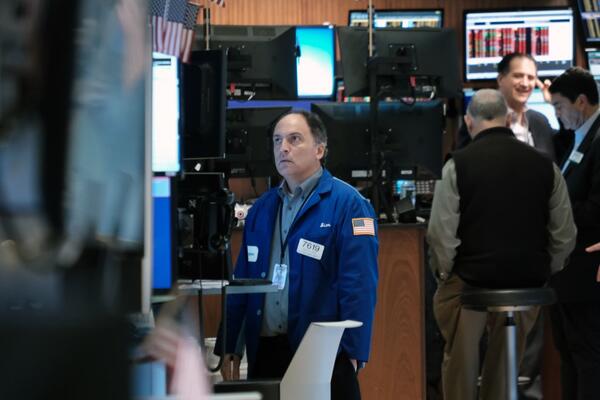In the spring of 2020, while the whole world was struck by sweeping COVID19 outbreaks, imposing strict lockdowns, and looking for a formula to rescue the global economy from full closures, China was starting to control the pandemic and was, unexpectedly, able to survive its negative economic repercussions for years.
Yet, the Chinese strategy in managing the COVID19 crisis, which has been known as the Zero COVID19 policy, seems to be at risk nowadays. Since February 2022, several Chinese cities and regions have been reporting unexpected waves of infections among residents, ones that have forced Chinese authorities to consider limited lockdowns and massive testing programs to curb the spread of the virus.
This unforeseen viral outbreak has resulted in a slower pace in terms of the Chinese economy, affecting production lines and travel plans across the country. For example, passenger traffic for the 5-day Labor Day break by the end of April 2022 reported a 62% drop compared to the same holiday last year. Domestic flights during the holiday were 30% down in comparison to 2021 numbers. Additionally, tourist spending during the break was 43% lower than that of last year.
Meanwhile, the Chinese government continues to reassure its citizens and the rest of the world that the latest COVID19 waves will not have a major impact on the economy, insisting that their Zero COVID19 policy will help keep the world's second-largest economy operating with no disruptions. But many experts fear a different reality.
Even if China's Zero-case policy succeeds in protecting the world from major economic disruption, it is the timing of the current wave coinciding with other global crises that raise concerns of another possible shake in the world order, whether in terms of shortages or a recession.

Source: (Photo by SPENCER PLATT / GETTY IMAGES NORTH AMERICA / Getty Images via AFP)
So far, the Zero-COVID19 policy has resulted in steep drops in stock markets across the world. Stock markets in Asia, Europe, and the US have all suffered major losses last week, including Wall Street's worst plummet since the 2020 collapse.
While it is hard to blame these dips on China's lockdowns alone, it is also hard to ignore the critical time at which they come, as the world watches carefully the consequences of the Russian war in Ukraine, one that has had its toll on the energy sector, sending fuel prices as well as basic goods to skyrocketing highs, which in turn disrupts post-COVID19 recoveries and triggers higher inflation rates across the globe.
Shortages have not been limited to fuel and the food industry, given the Ukraine war. Lockdowns in China have also begun to affect supply chains in different industries, namely medical and health tools often produced in China and used in clinics and hospitals worldwide.
Lockdowns in several Chinese cities can potentially affect the production of less critical products, such as electronics, home appliances, and fashion, which could also end in spiking prices across markets.
A healthy world economy is now dependent on hopes of an end to ongoing crises, whether the COVID19 outbreak in China or the conflict in Ukraine, in addition to the success of China's Zero COVID policy in curbing the spread of the virus before further damage is caused to the global economy.








